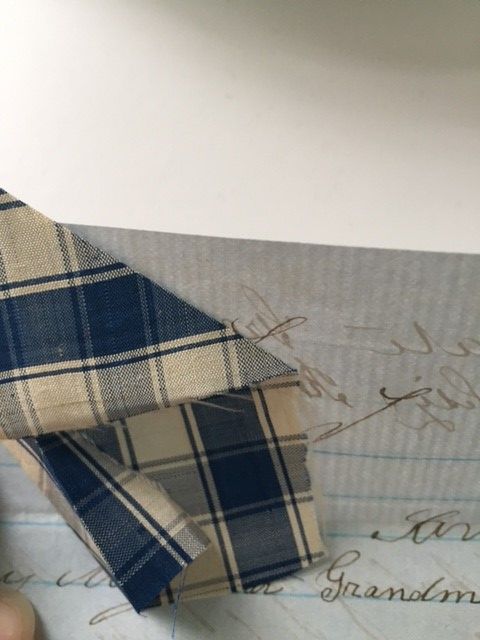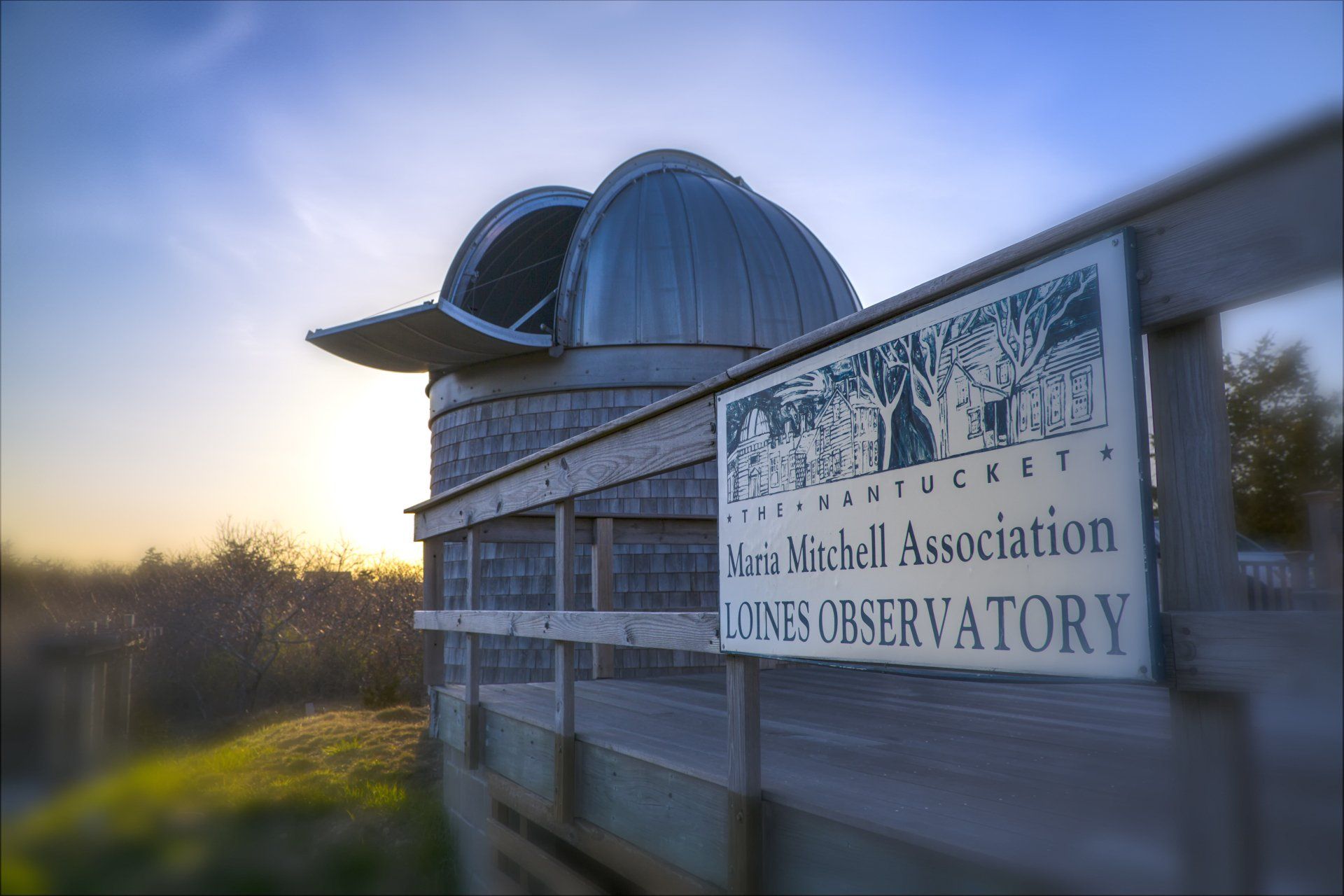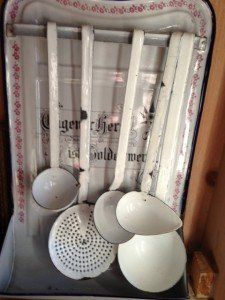Collecting Addiction
I must confess, I have an addiction.
I like to...
...collect.
Not so surprising for a historic house museum curator. My “addiction” encompasses several specific areas. I am not a hoarder, I do not collect junk in my backyard and the basement is not filled with “things.” Some people might find what I collect useless, but sometimes the simple everyday item, from a nail to an old railroad spike, intrigues me for its simplicity and its beauty.
If you know me, or if you have read the “Portrait of the Curator as Darth Vader” entry for this blog, then you realize that I don’t preen in front of the mirror. Given the fact that mostly just the books and archives see me all winter, my hair typically looks like it needs a good combing (since I am pulling goggles and respirator on and off all day) unless I have a meeting or I am out in public.
But I do have a thing for a good “kitchen” mirror. Typically a mirror of the mid to late 19th century, it is rectangular in shape with rounded corners and hopefully some nice grain painting on the wood frame. Oftentimes, you will find crazing in the glass and black marks or missing “mirrored” areas caused by the loss of the silver painted onto the back of the glass. I like these mirrors for the simpler time they speak of and for the simplicity of their style, but also for their patina of time. In the Mitchell House, we have a mirror of a similar age and shape used by Peleg Mitchell Jr. for shaving.
Enamel is another fascination of mine. Enamelware could be found throughout kitchens in many parts of the world. Enamelware took off in popularity in the United States in the latter half of the nineteenth century – all shapes and sizes, all sorts of domestic uses from slotted spoons to cups, pitchers, strainers, plates, or basins. Think of it as 19th century Tupperware and the child of tinware. You might even be familiar with the enamel numbers for homes or streets. Enamelware can be plain, mottled, or marbled – the marbled being much harder to find and thus more prized. In my collection, I have one cup that was once part of a four piece set that belonged to my grandmother’s family. They used it when they went camping. I guess when family camping stopped, the cups got used for other purposes until only one was left. This one had become a birdseed scoop until it was given to me by my Mother who knows of my enamelware fetish. But even as a scoop, it was still being used and thus memories of family camping persisted and memories of those who used it were an everyday thought. Now on the top of an old jelly cupboard, it is still a daily memory of my grandmother, her parents, and her brother as I see it each day in the kitchen.
Depression-era glass (Depression Glass), 18th and 19th century pottery shards – yes, I have been known to dig in dirt piles – old bottles that I have unearthed in same named piles or at the ̓Sconset dump, seaglass, and historic postcards specifically of the Mitchell House are also some things I collect. (When my husband found out the price I paid for a vintage postcard of Mitchell House on eBay, I thought he would faint.) I also collect other images of Mitchell House, such as paintings and old photographs – I myself am a photographer of historic architecture with a focus on forgotten buildings especially those facing demolition by neglect – and McCoy wear. Since I am also a gardener, one can never have too many pots for plants and McCoy made many styles of pots including those with attached saucers! And then, I also love a good mid to late 19th century simple wood chair...
All of these items are used in a myriad of ways and continue to function as they were meant to be used or in new ways. Each item has some personal memory for me or my family depending on whether it was something I found while on a walk along the beach, digging in the dump, or a shop in New Orleans or something that belonged to my grandmother, great-grandmother, or a great-great aunt. These pieces connect us to the past and connect us to family members who may not be with us any more – but they are with us each time you use that cup or look into that mirror, they are there and you think of them. The past and the people of the past continue to live on.
JNLF
Recent Posts





